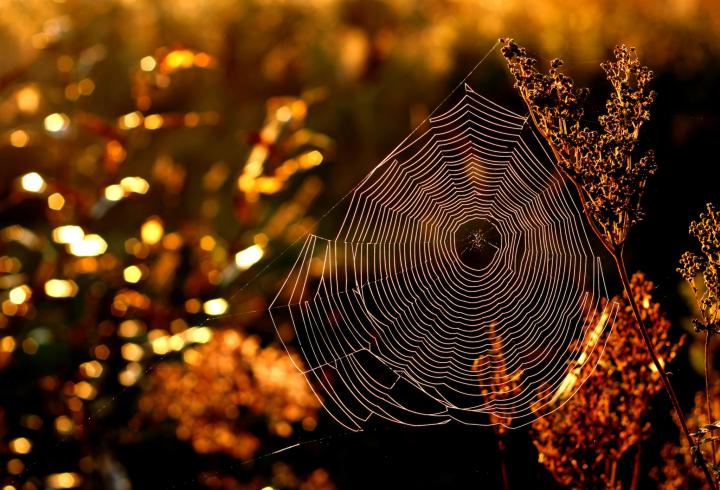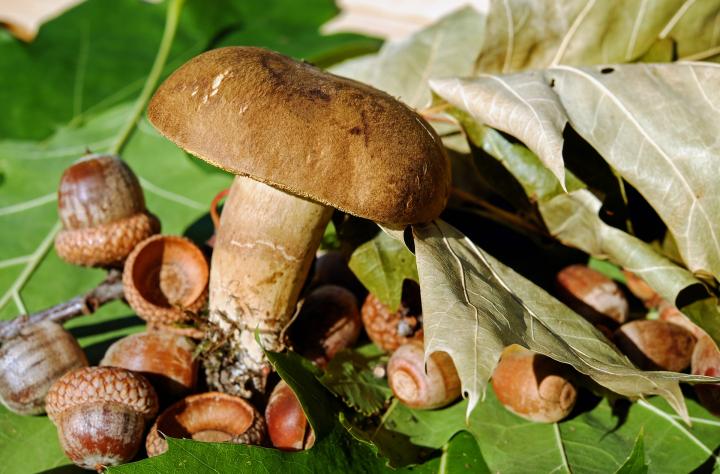
What are the first signs of fall? What happens to nature in the fall?

Fall Flowers and Foliage
Fall Vegetable Gardening
Fall Garden Cleanup
Garden Soil Preparation
Fall Nature
ADVERTISEMENT
For me August portends with grandeur the coming of change. Cool air. Earlier sunsets. The last bright blooms of zinnia. Harvest. Best of all constant serenade of crickets
Every moment joy
In west central Michigan, there is a symphony of indicators of the season’s change. The sky shows a softer hue of blue, while the tell-tale nip of fall creeps up on you mostly in the mornings and as the sun is beginning to set. Corn stalks are drying down now. Goldenrod is coming to the end of its show. The air smells of the many local lakes, as well as the smoke of wood fires nw being kindled. And although it has been forty years since I experienced them, those Michigan autumns remain fresh on my mind.
I'm originally from Chicago where September was warm but changing to cooler temperatures, school began and children played outdoors until much colder. October meant sailing on Lake Michigan for those of means, brilliant blue skies, apples, pomegranates, taffy apples , homemade doughnuts and making costumes for Halloween, my favorite holiday full of giddy childhood memories. I've lived in the south where it was too warm to really enjoy the changes, in the desert SW where it was too hot too much of the time, and now the Pacific NW which is perfect for me. The fruit growing region yields tasty pears, oodles of apple choices and gorgeous scenery especially when Mt. Hood is snowcapped by November. The most colorful Autumn, however, was in New Hampshire, Maine and Vermont where pumpkins filled fields, leaves burst into view, maple syrup topped pancakes and covered bridges beckoned the traveler to linger just a little longer. How splendid in this change that invites pause, contemplation and serenity. Leaf peeping has never been so grand!
We live in NE TN in the Blue Ridge Mtns & the very 1st sign I see are the Locust trees' leaves turning brown, followed by acorns, which are now falling. Wooly Worms appear, my Basil turns brown & most trees leaves begin to fall. Far less cicadas din at night & baby birds shriek at their mommas for food, bc they've been weaned. Most of our hummingbirds have gone, although I saw one brave fellow just last night (9/18). The spider webs are not only bigger, but thicker as well! If you accidentally walk into one, you know it's much more stout than previous webs! As mentioned above, days are shorter, cooler & much more breezy. I begin making more soups & stews as well. We throw the windows open & welcome cooler, less humid weather to air out the house. We hate to see summer go, but embrace the more comfortable temps & just go with the Fall flow!
The silence in the mornings. Charlestown, MA

 Credit: Getty
Credit: Getty In autumn, mushrooms and other fungi pop up everywhere!
In autumn, mushrooms and other fungi pop up everywhere!







Comments